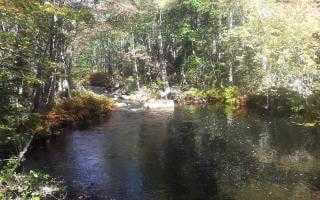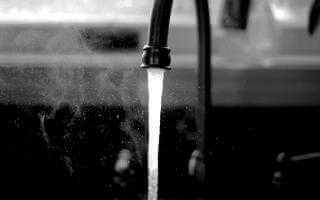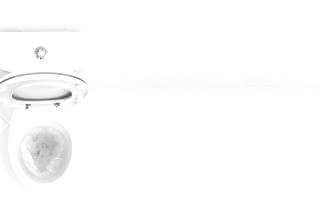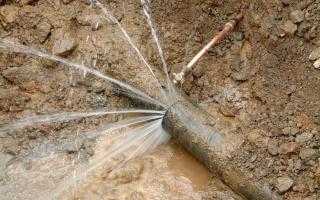Halifax Water operates three large state-of-the-art, ISO 14001 Certified, water supply plants and six modern smaller community supply plants to provide water to 360,000 customers throughout the Halifax Municipality.
Operators at all Halifax Water’s supply plants continuously monitor and adjust the treatment process to ensure the water output is of the highest possible quality.
My Water Has a Taste & Odour
Have you ever smelled the air after it's rained on dry soil, or caught scent of a freshly ploughed field? How does that smell get into our water?
Discoloured Water
Naturally occurring minerals (primarily iron and manganese) in the water are typically to blame for water discolouration. These minerals, which are heavier than water, settle in water mains under normal operating conditions.
Blue-Green Algae (Cyanobacteria) Monitoring Program
Halifax Water is committed to providing safe drinking water to our customers.
Basement Flooding & Sewer Backup
Sewer/wastewater backups can be caused by severe flooding or by a plugged wastewater connection. Over time, tree roots, grease or other debris can build up in the connection eventually causing a blockage. Here is some helpful information for preventing or dealing with backups.
Finding Water Leaks
The consumption charge is the largest part of your water bill. Any water that passes through the meter is considered consumed, including water passing through from a leak. To reduce your bill, check for leaks.
Water Treatment - Chlorine & Fluoride
Each water supply plant has varying types of treatment systems in place based on the source water quality. The varying treatments conducted at the plants include:
- Direct dual-media filtration
- Sedimentation with multi-media filtration
- Direct filtration
- Disinfection (ultraviolet and sodium hypochlorite)
- Ultra filtration
- Nanofiltration
- Iron and manganese removal/green sand filtration
Household Mould
Black Mould
- often found in the corners of showers and tubs where caulking and the tub meet, in tile and grout, around the rim of toilets, at the base of bathroom faucets, in dishwashing and laundry machines rubber seals, and the base of shower curtains.
Pink Staining
- found where air and water meet: shower curtains or doors, the water lines in toilet bowls, drains, tile and grout, and pet’s water dishes. While pink staining is often pink, it can also be orange or red.
Black Biofilms
- found in toilets tanks, at the waterline in toilet bowls, the rim of toilets, the inside of bathroom and kitchen faucets, and drains. Biofilms grow in warm wet environments where there is a food source such as soap scum, toothpaste, and/or bacteria.
The most effective way to remove mould is by frequently cleaning with a chlorine bleach-based cleaner combined with thorough heavy-duty scrubbing. Chlorine bleach based cleaners (for example Lysol, Old Dutch, Comet) will use wording such as “Disinfect” and have “Sodium hypochlorite” or “hypochlorite” listed in the ingredient list.
“Spray and Walk Away” cleaners do not remove the problem as they are sprayed on top of existing dirt. Additionally, eco-friendly or “green” cleaners do not kill the mould and are more likely to only remove dirt noticeable to the naked eye.





